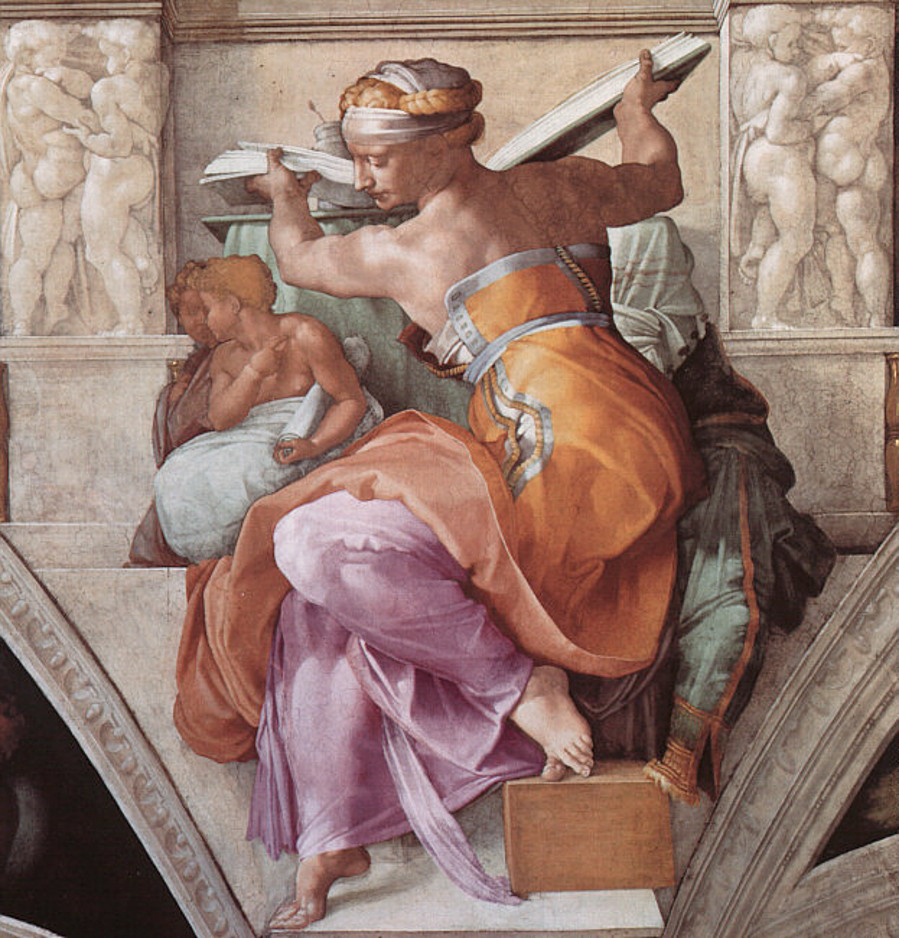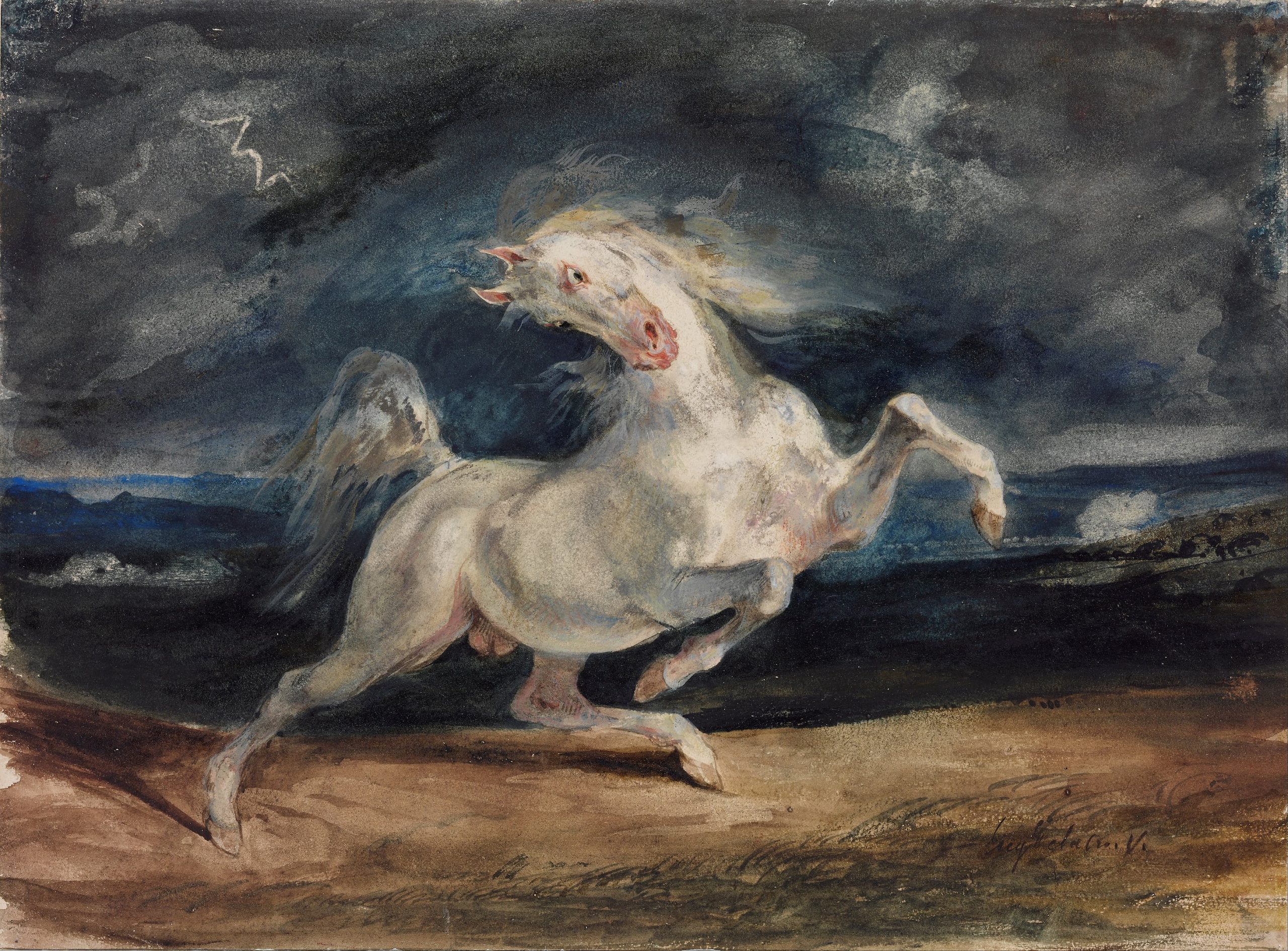Chapter 16.2 : Art, Poetry, and Narrative to Uplift, Inspire, and Inform

“What kind of a world might kids create if we supported their visions, rather than trained them in ours? What kind of world might we imagine together, if we put love at the centre…a love that connects us to others and to the larger world around us?” (Orellana, 2016. Immigrant Children in Transcultural Spaces. New York: Routledge).
The following sections in the Appendix provide examples of essential questions, visual arts integration, and creative interdisciplinary inquiry and research ideas. The research questions are linked with different themes; art mysteries, finding the story in a painting, women artists, personality and portraits, and so on. In writing about art, students can further develop their analytical and creative writing skills. You can adapt the research questions that would be most relevant to your teaching and learning context.
“I found I could say things with color and shapes that I couldn’t say any other way—things I had no words for.”-Georgia O’Keefe
-“Painting is just another way of keeping a diary.”-Pablo Picasso
“I dream of painting and then I paint my dream” –Vincent van Gogh
“An artist is not paid for his labor but for his vision.- James McNeil Whistler
“I never paint dreams or nightmares. I paint my own reality.”-Frida Kahlo
References
Inspiration Quotes, Brainy Quote.com, 2023, https://www.brainyquote.com/.
From: Caroline Schlam (2021). “Art speak: Quotes by famous artists” in Schlam, The joy of art. (pp. 69-74). Simon & Schuster.
Thinking Like an Artist Means:
Being a close observer of the world around you.
Finding beauty and wonder in everyday objects and experiences
Making connections about people, ideas, objects, and the natural environment
-Being curious and going beyond ordinary ways of thinking and doing things
-Gaining new perspectives by looking at things in different ways
-Taking risks and finding new problems to solve
-Arranging things in unexpected and interesting ways
-Being persistent and intrinsically motivated; not giving up despite the odds
-Integrating “old” ideas in order to create new ideas and ways of seeing things
-Setting new challenges
To read more essential questions about art, please open the links here and here.
Learning Objectives
Explore and Reflect on Key Questions
- Do you have a favourite poem, short story, photograph, or painting?
- How would you describe the theme?
- Does this text inspire and/or inform you in a way that is different from any other text?
- To what extent do you integrate art, photography, and digital media into your teaching? How do you integrate these forms/genres so that they are accessible to students from diverse cultural backgrounds
- What might be challenging for your students to understand in terms of interpreting artistic media and poetry or other texts?
- To what extent do you believe that art (in many forms) is a more accessible way to help your students engage in literacy learning across the disciplines? Is art a universal language?
- What projects have your students worked on that link art and literature or non-fiction? What goals do you have to help your students make these connections?
- Resource: Reading Portraiture. National Portrait Gallery, Smithsonian Art Institution
For a closer analysis of art, you can explore some of these questions prepared by the B. R. Howard Art Conservation Group, 2023:
- When was the art work created?
- What events were happening in the world at the time the piece was created?
- Where is the art work located?
- To what extent is the location of the piece significant?
- What is the subject matter?
- Who is the artist?
- What was this artist known for?
- What colors are prominent throughout the piece?
- Where can you see movement being represented?
- How does the piece feel balanced or unbalanced?
- Where are there areas of high or low contrast?
- Which shapes do you see represented?
- What medium was used to create it?
- What equipment would have been needed to create it?
- How long do you think it would have taken the artist to create it?
- What challenges does this type of media pose?
- Why do you think this media was chosen for this piece?
- If the piece you are looking at is a sculpture, how would you represent it as a painting (or vice versa)?
- Is the style of the piece realistic, abstract, or something else?
- Would the piece have the same impact if it were done in a different style? Why or why not?
- Can you see brushstrokes? What kind of energy do they have?
- Is the sculpture smooth or rough? How is this important?
- Is the piece to scale or is it smaller/bigger? How does this change the way you feel? If it were bigger or smaller, would it change the impact of the piece?
- What is the piece doing? Does it tell a story? Evoke a feeling? Document an event? Present an idea?
- What do you think the artist was feeling?
- How does it make you feel?
- What emotions are captured in the piece? If there are people in the piece, what are their expressions?
- What parts of the piece make you feel the way you do?
- Does the piece bring to mind any of your own life events or memories?
- How has your opinion changed about this piece from the time you started looking at it until now? (Howard Art Conservation Association, 2023).
For more information please open the link B. R. Howard Art Conservation Association, 2023.. .
Questions to Explore About Art and Artists
- Where do artists get their ideas?
- What influences creative expression and artistic ways of knowing?
- Do artists have a responsibility to society?
- Should art be permanent or temporary?
- Which art from different cultures are you most familiar with?
- Which art works from unfamiliar cultures do you wish to explore further?
- Do you have to be able to draw well to be a good artist?
- What make some art better than others? What makes art “good”?
- What motivates artists to create?
- Can anyone make art? Can animals make art?
- Should art be pleasing to the eye or should it be disruptive and unpleasant? Why?
- Does art tell a story? What kind of story?
- What can be learned about the social, cultural, and historical background of any work of art?
- Who were some female artists? Why is their work not as well- known as art produced by men?
- How would you define an artist? What is the role of an artist in any given culture?
- Which art works have inspired you to start painting?
- For something to be called art, does it have to be “original”?
- What can we learn about life from studying art?
- Should artists imitate what they see or interpret what they see (through abstract representation, symbol, etc.)?
- Can children be great artists?
To access the website for Grant Wiggins and Jay McTighe please open the link here.
To access “Essential Questions in art” in Chapter One by Grant Wiggins and Jay McTighe (2023), please open the link here.
Resource: Jay McTighe and Grant Wiggins (2012). Essential questions: Opening doors to student understanding. Jossey-Bass.
Carolyn Schlam (2020) asks a number of compelling questions that can be a further catalyst for discussion and inquiry. Among her list of questions are:
- Does a work of art have to be beautiful?
- What is your view of a work of art that is a “masterpiece?
- How does art communicate emotion?
- Do we have to understand culture in order to assess or judge a particular work of art at any given time period?
- Why does art matter in my life? (Schlam, 2020, p. 45).
Schlam, C. (2020)”Twenty questions and one more for good measure.” In Schlam, C. (2020). The joy of art (pp. 45-68).

Can you create a poem or story describing Delacroix’s powerful image of a horse frightened by lightening?
Key Takeaways
Why do people make art? People create art in order to:
- Tell stories and communicate with others in unique ways
- Convey untold and hidden stories
- Inspire innovation and creativity
- Explore personal visions that have larger implications for the world
- Record specific experiences
- Express emotion and inspire others
- Seek personal fulfillment
- Create a more pleasant environment
- Record a given time, place, person, object, and experience
- Seek to activate personal and social transformation
- Encourage discussion or debate
- Explore the unconscious and probe the hidden fears, anxieties, and hope of humans
- Celebrate the beauty of nature
- Subvert social norms and challenge authority
- Reinforce and represent cultural and religious traditions
- Create new traditions
- Create an optical illusion
- Explain mysterious phenomena
- Earn a living

